For Firsts, TIME commissioned photographer Luisa Dörr to make portraits of 46 women who are changing the world. TIME’s Director of Photography and Visual Enterprise Kira Pollack came across Dörr’s work serendipitously on Instagram and knew right away that the Brazil-based photographer was right for the project, as Pollack writes in an accompanying piece. Here, Pollack talks to Dörr, 28, about her work, this special assignment and what it was like to use an iPhone to create portraits of 46 influential women and 12 covers of the magazine.
When did you start out as a photographer?
As a teenager I wanted to be a designer, but then I discovered photography accidentally when I was 22. I studied photography at the Lutheran University of Brazil. I started out as a regular photographer, working for weddings among many other things.
When did you start using the iPhone and what was it about the iPhone that you liked?
I bought my first iPhone in 2012. It was just a complement to my work back then. But the expectations as a user were growing exponentially as new models come out. Now, my heavy camera is the complement. I went from carrying a camera only when I was on assignment, to carrying a camera on my pocket every single day. Suddenly I was able to make great pictures anytime, anywhere, without the stress of carrying a bag full of lenses, cards and batteries. Also, it feels less intrusive to the model when you ask to take a photo with your phone. I liked the practicality, and of course I liked the resulting images.
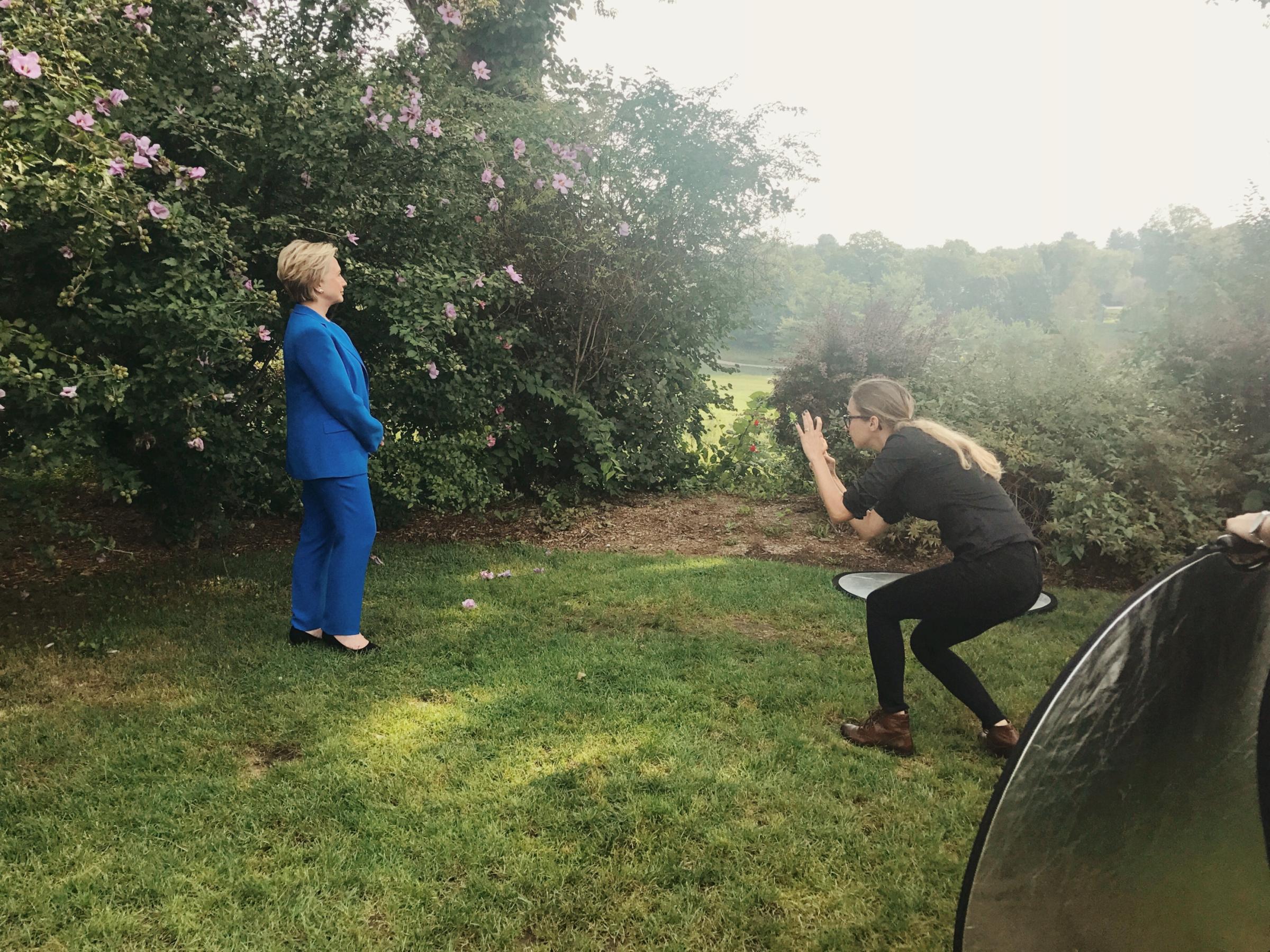
What was it like using an iPhone to photograph these 46 subjects for TIME?
You usually see photographs of these women with lots of production and lighting. For me it is difficult to be inspired by a portrait of someone who seems unreachable. For Firsts, the pictures are made with natural light, using only a reflector when necessary. I like the simplicity of how these pictures are made. But the best part is that as a photographer, you feel extremely light and free. It is almost as if I can make pictures with my hand. There’s no noise, gadgets, tools or plugs—just the subject and myself.
I was always trying to imagine these portraits as paintings. I’m fascinated by the landscapes and topographies from women’s faces, their stories and context. I’m interested in the way life and time is writing on all of them—not just with physical marks but also with more spiritual traces.
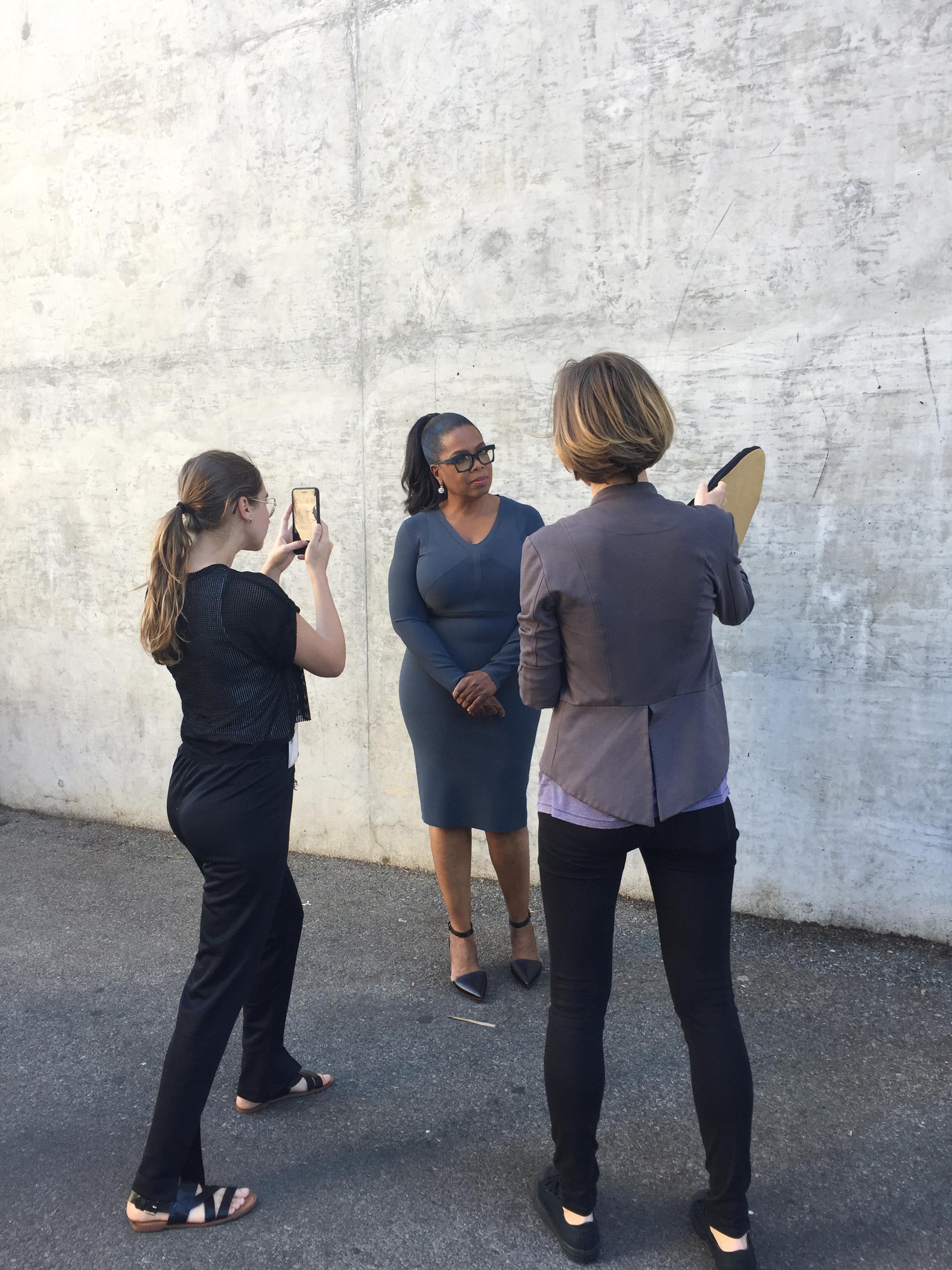
How did the subjects react to you using an iPhone for the FIRSTS project?
Photographing people on the street and my friends with the iPhone is one thing. Photographing powerful, famous women is quite another. At first, it was difficult. The subjects were surprised to see someone like me. I felt like they were expecting to see someone older and more senior, with a few assistants and many cameras and lighting setups.
Usually we didn’t have very much time with the subjects, because they have extremely busy schedules, so the photographs had to be taken quickly. I would direct the subject and show them some photos as I went, so that they could be assured that everything was going well. The shortest shoot was two minutes and the longest shoot was 20 minutes, but most shoots were around five to 10 minutes.
What iPhone did you shoot the project on?
I used my iPhone 5 for the first portrait session of Mary Barra, and then changed to the iPhone 6, and then the 6S Plus. During the course of the project, the iPhone 7 was released, so I was able to photograph the last 36 subjects with the iPhone 7.
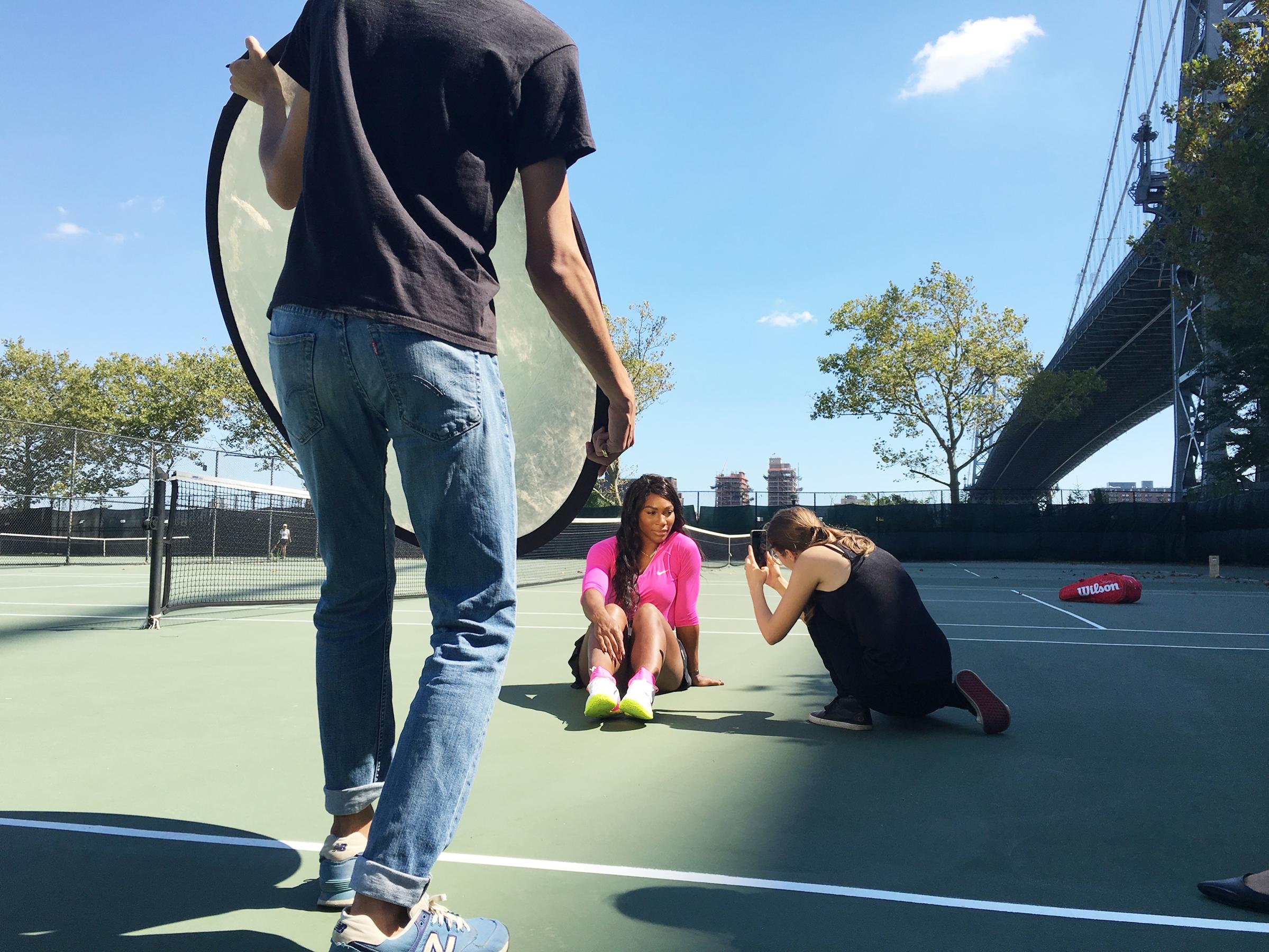
What are the settings on your iPhone?
I use the regular camera, in the square format. And because in FIRSTS we were working with natural light and it was complicated to play around with even a little bit of light control, I started using automatic HDR. In Janet Yellen’s portrait, for instance, with HDR I can have detail in her face and in the sky.

What do you think the key is to a good Instagram feed?
You have to have a consistent point of view or purpose. In my case, I was always photographing girls. In 2014 I became one of the platform’s suggested users for a week or so and I was able to grow my audience. Instagram’s algorithms can suggest users who match your taste. I post one or two pics per week. The key to Instagram is repetition, sadly. If you do cats, then cats all the way. If you do fitness, just do fitness. If you do food, just do food. Usually I don’t comment back, but I like the comments, and I like to keep some distance with followers. I want to share my pictures, but that doesn’t mean I need to share a personal dialogue. My dialogue is with the images, not with words.
Who were you most excited about? Intimidated by?
Aretha Franklin. I grew up listening her music in my village in the south of Brazil. I was very nervous.
Was there a shot you were afraid wouldn’t work, then did?
A few, mainly because there was no time to go the the right location, and we had to shoot indoors in a basic, boring room. In the case of Janet Yellen, when we were at the Federal Reserve, we were supposed to shoot in a room, and eventually we made it to the roof, for two minutes, luckily.
Who was most surprising to work with?
Actually I was surprised by many. You always think they are going to be difficult, and out of reach, but they are humans just like me.
What’s the longest you had to travel?
We traveled for 3 weeks without stopping.
Are you addicted to Instagram?
Yes.
Who’s your favorite person to follow?
@adrianazehbrauskas |www.instagram.com/adrianazehbrauskas
@christian_foto | https://www.instagram.com/christian_foto
@mmuheisen | www.instagram.com/mmuheisen
@fenglee313 | www.instagram.com/fenglee313
@markosian | https://www.instagram.com/markosian
@mattblack_blackmatt | https://www.instagram.com/mattblack_blackmatt
Anyone that moved you or that inspired you about the role of women?
All of these women were inspiring. More than just women, I saw amazing human beings and professionals. All of them went through a lot of struggle just to slowly consolidate a place in society. This positive fighting energy — never giving up — is what has inspired me the most.
—–
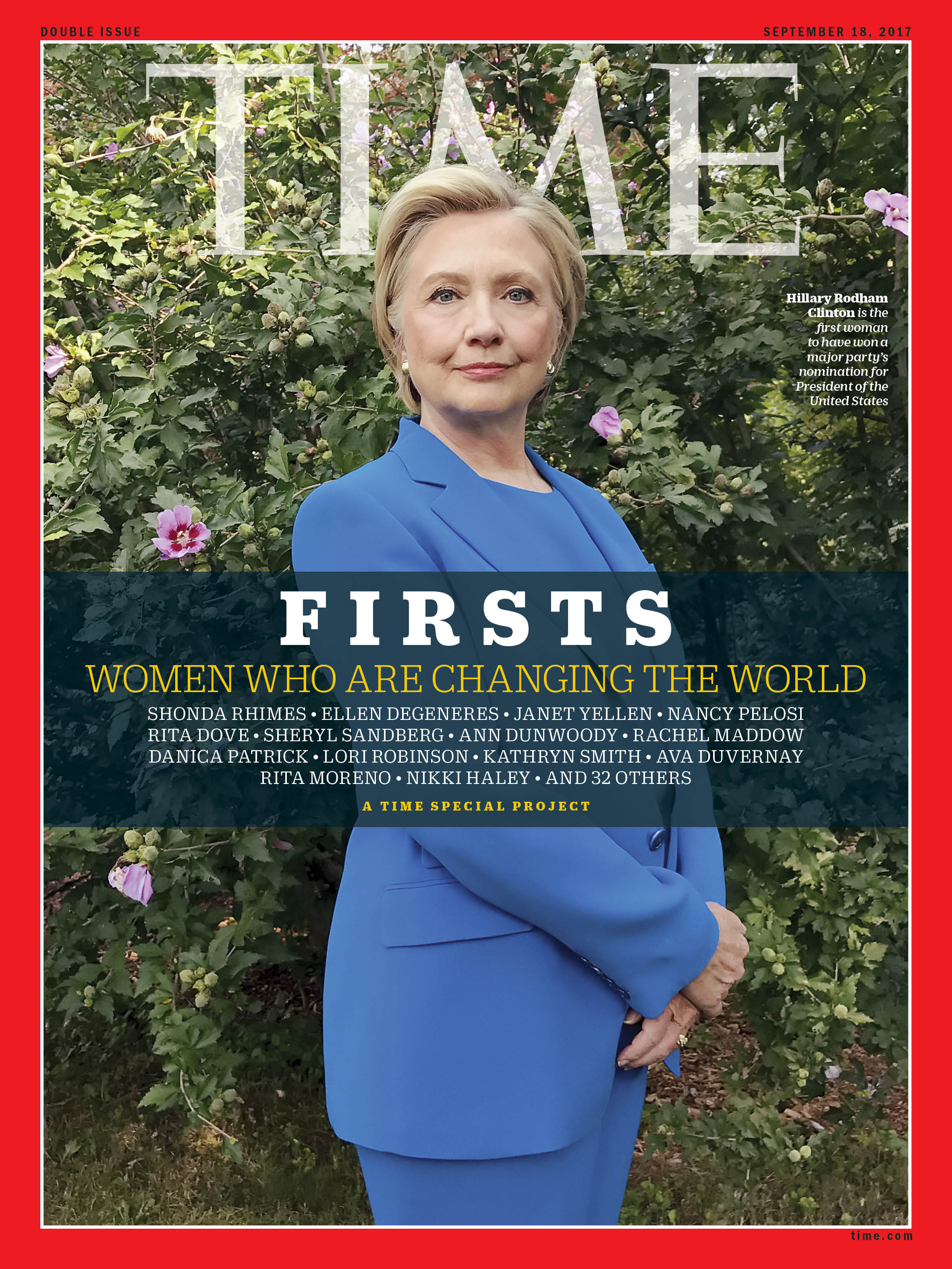
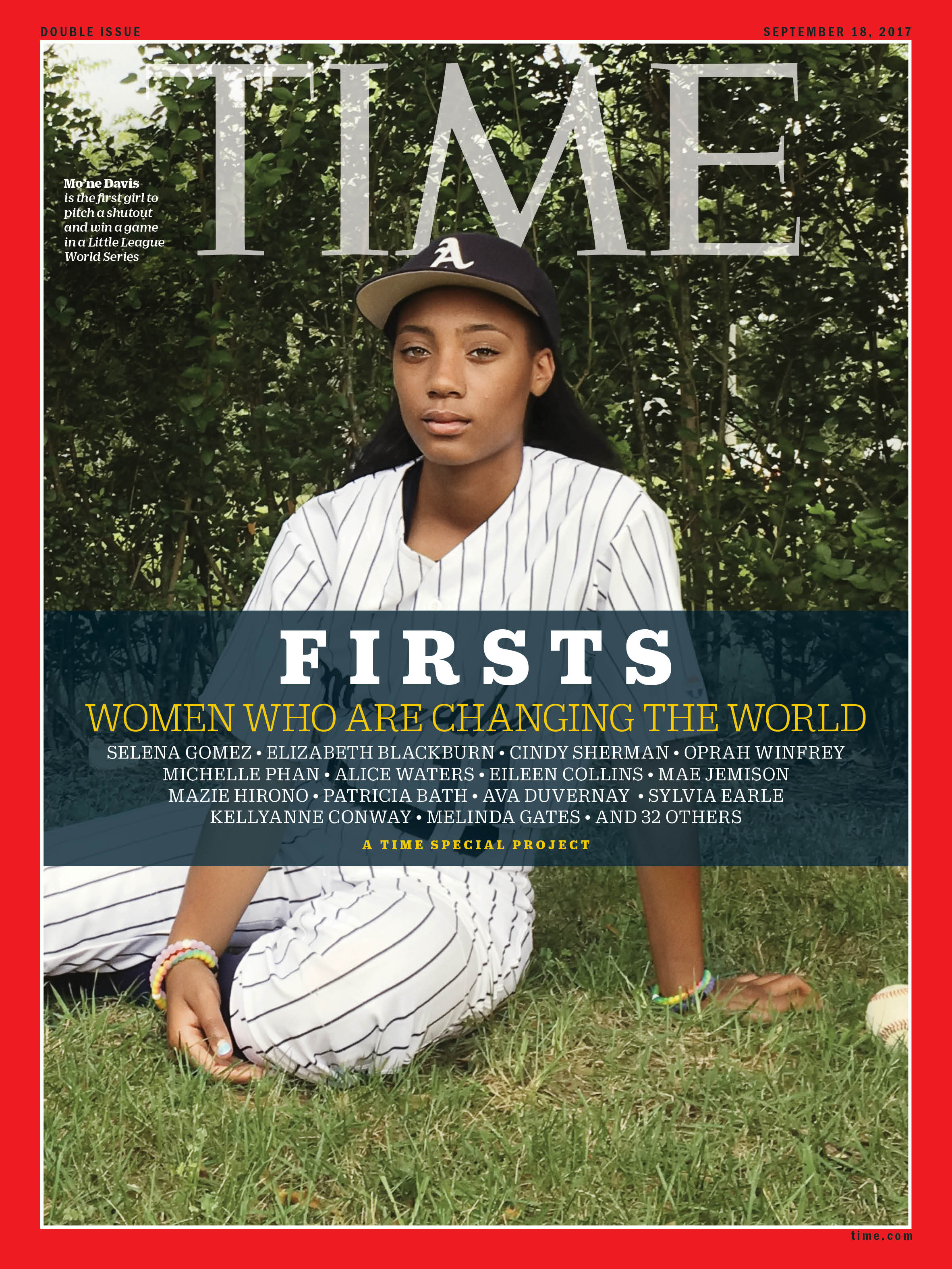
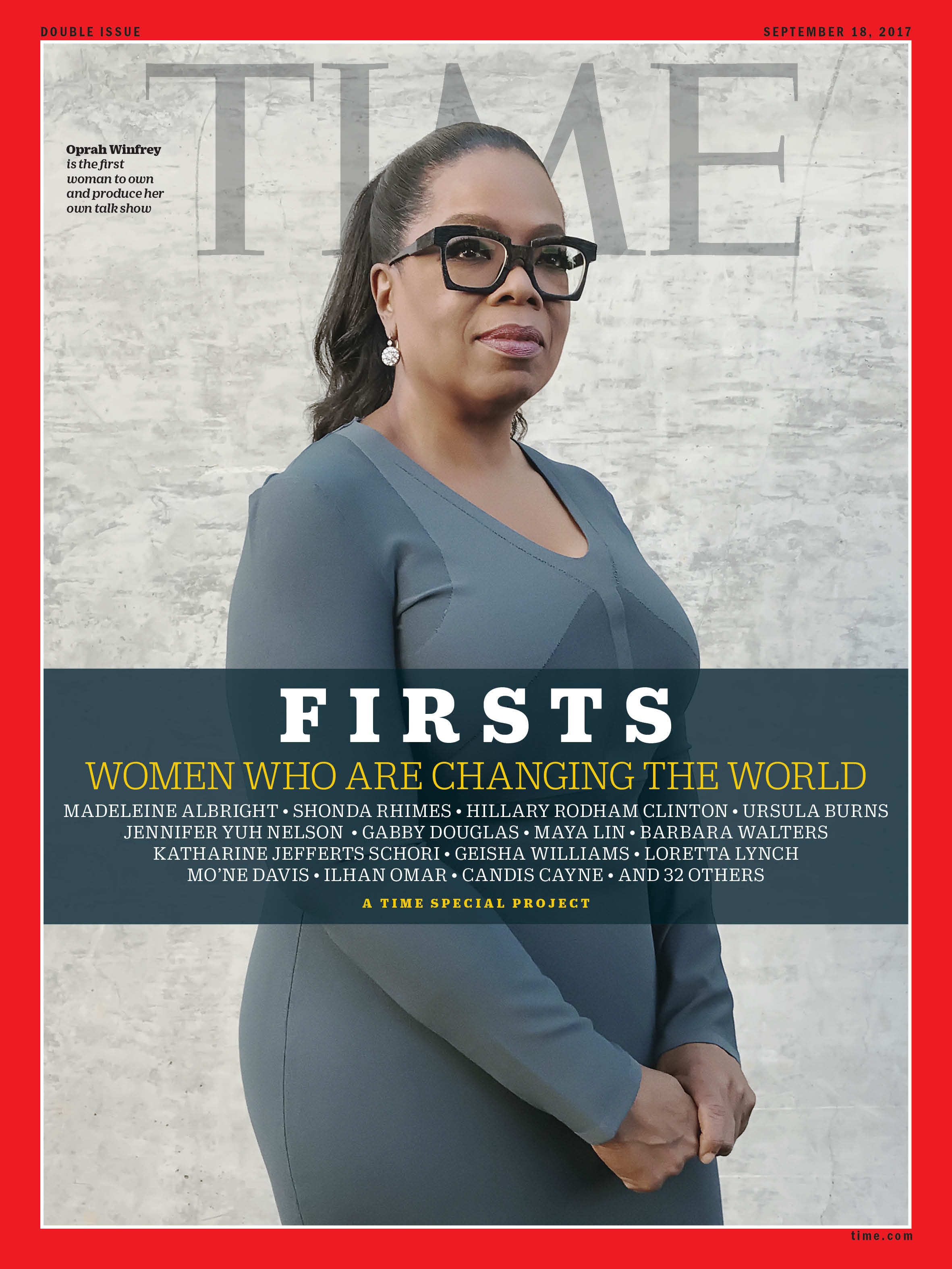

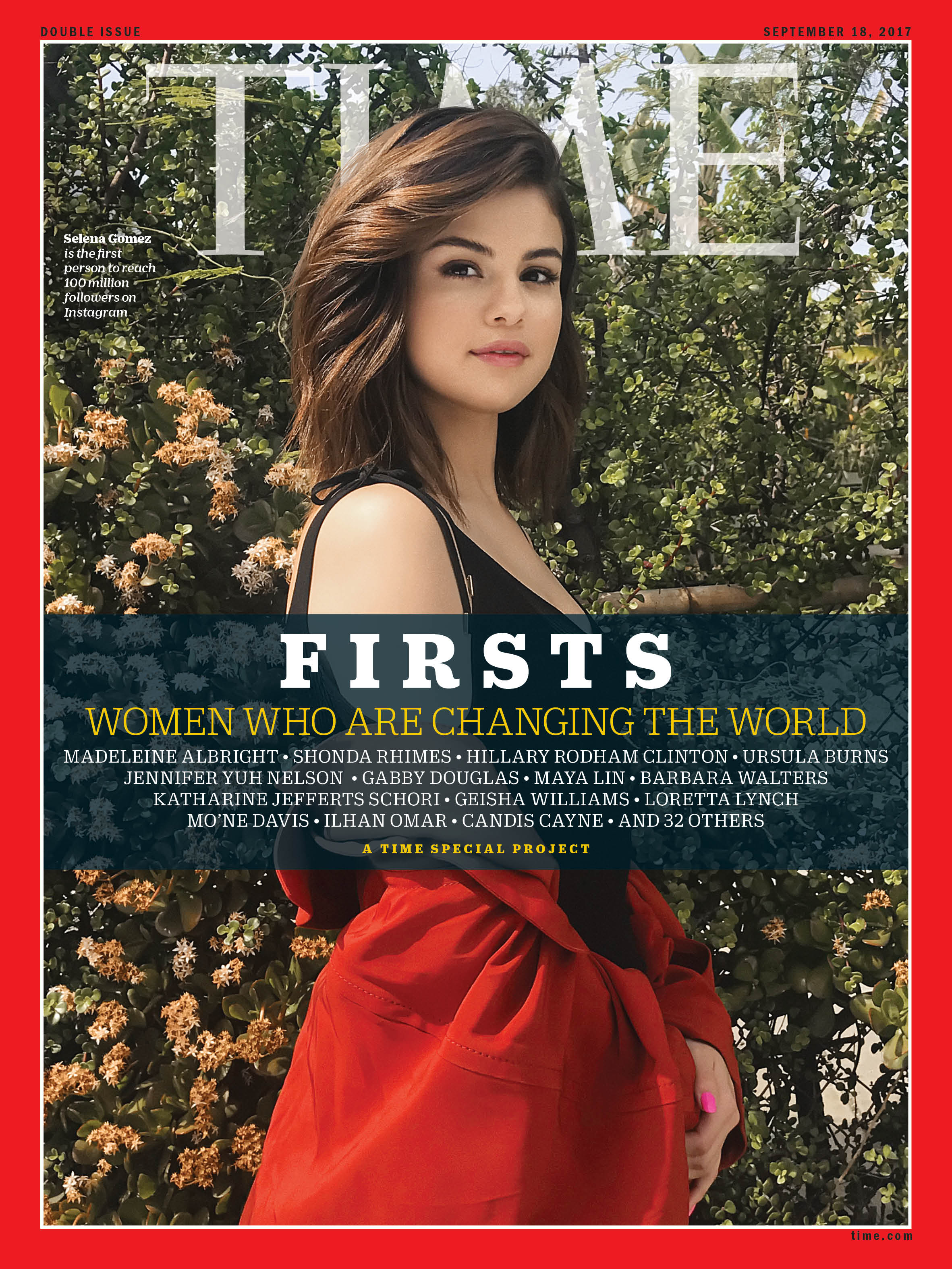





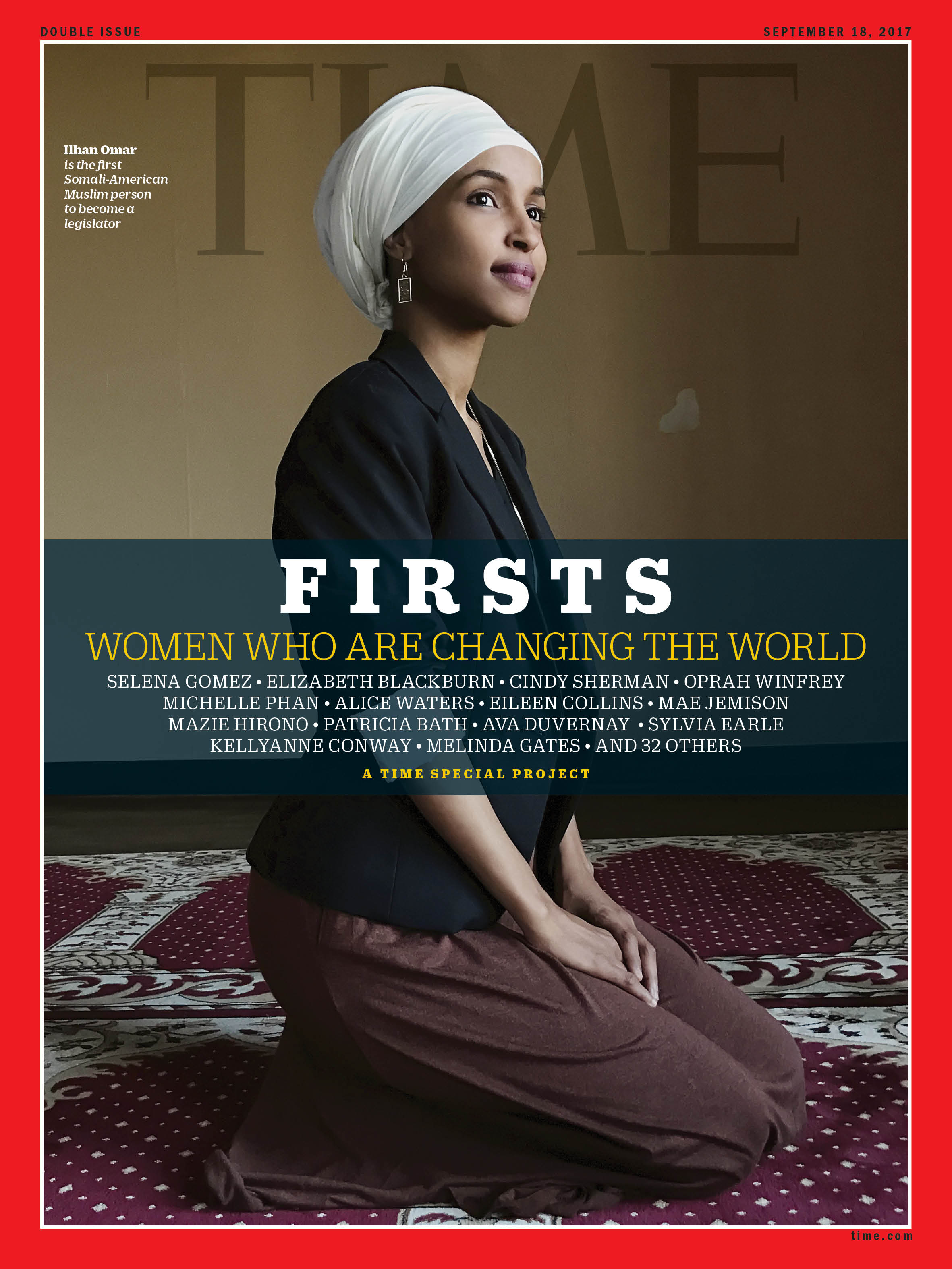

More Must-Reads From TIME
- What Student Photojournalists Saw at the Campus Protests
- How Far Trump Would Go
- Why Maternity Care Is Underpaid
- Saving Seconds Is Better Than Hours
- Welcome to the Golden Age of Ryan Gosling
- Scientists Are Finding Out Just How Toxic Your Stuff Is
- The 100 Most Influential People of 2024
- Want Weekly Recs on What to Watch, Read, and More? Sign Up for Worth Your Time
Contact us at letters@time.com